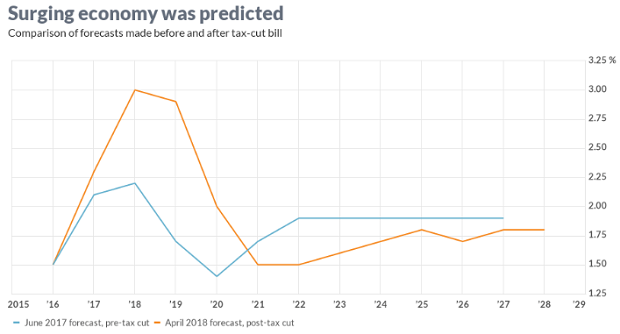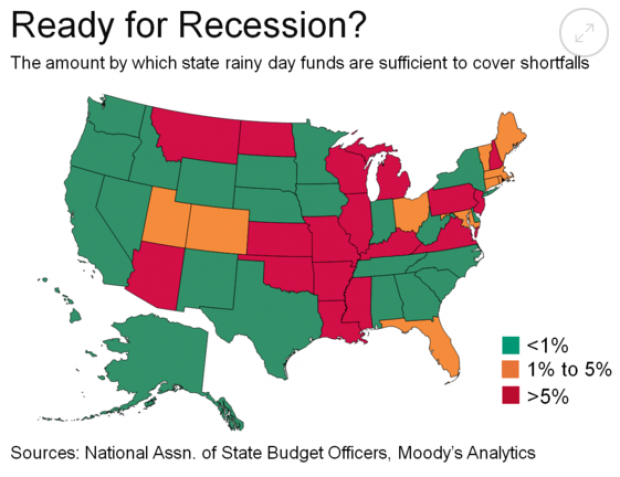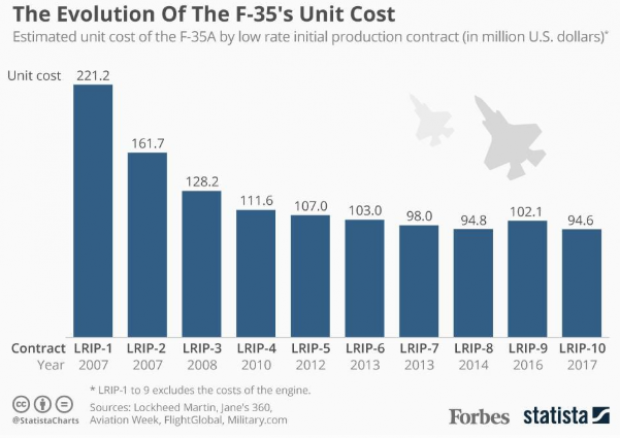Diamond Prices Are Falling, but Don’t Rush to Buy an Engagement Ring

Diamond prices are getting slashed, but that doesn’t mean you should run out to the jewelry store right now.
De Beers, the world’s largest producer and distributor of diamonds by value, is cutting diamond prices by as much as 9 percent, according to Bloomberg.
Diamond prices have already slumped over the past year as demand has fallen, partly as a result of the economic slowdown in China, the second-biggest market for the precious stones.
Related: Can Gold Regain Its Shine?
De Beers, which is a unit of mining giant Anglo American and controls one-third of the global diamond market, initially tried to stabilize prices by ramping down its production. It had started the year with a production goal of 34 million carats, but has twice slashed the goal to a current 29 million to 31 million carats.
That hasn’t been enough to counterbalance sagging demand, so De Beers says it will invest in a holiday marketing campaign in an attempt to boost consumer interest. The campaign will be focused in the U.S. and China, the world’s two leading diamond markets, and will primarily target men buying diamond jewelry gifts for their partners.
In other words, you can expect to see a whole lot of diamond commercials soon — and in an interview with The Fiscal Times, one diamond industry expert predicted that the industry’s struggles will lead at least some retailers to cut prices this holiday season.
Related: Putin’s Spokesman Wears a Golden Skull Watch Worth $620K
The De Beers price cuts probably won’t have much effect on prices at high-end jewelry retailers such as Tiffany’s, though. These stores only purchase gems from a limited number of producers and since the diamonds they use are higher in value, their prices aren’t as vulnerable to market pressures as less valuable stones.
But it never hurts to look, right?
Top Reads from The Fiscal Times:
- Why You Should Ignore the Stock Market Sell-Off
- The 10 Worst States for Property Taxes
- The Best Things to Charge on Your Credit Card
Number of the Day: $132,900
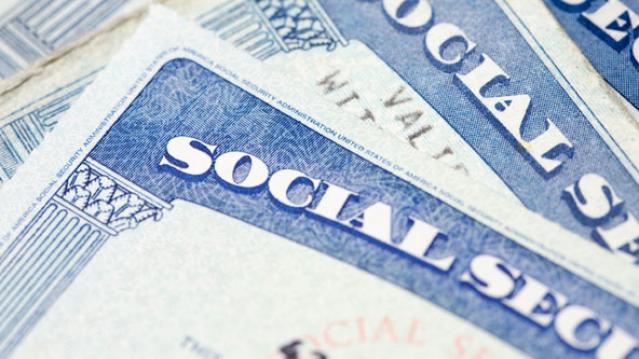
The cap on Social Security payroll taxes will rise to $132,900 next year, an increase of 3.5 percent. (Earnings up to that level are subject to the Social Security tax.) The increase will affect about 11.6 million workers, Politico reports. Beneficiaries are also getting a boost, with a 2.8 percent cost-of-living increase coming in 2019.
Photo of the Day: Kanye West at the White House
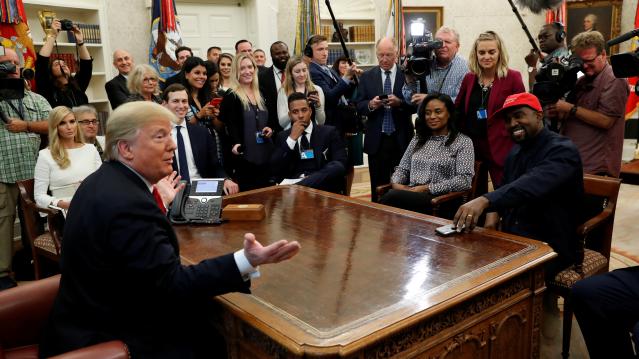
This is 2018: Kanye West visited President Trump at the White House Thursday and made a rambling 10-minute statement that aired on TV news networks. West’s lunch with the president was supposed to focus on clemency, crime in his hometown of Chicago and economic investment in urban areas, but his Oval Office rant veered into the bizarre. And since this is the world we live in, we’ll also point out that West apparently became “the first person to ever publicly say 'mother-f***er' in the Oval Office.”
Trump called Kanye’s monologue “pretty impressive.”
“That was bonkers,” MSNBC’s Ali Velshi said afterward.
Again, this is 2018.
Chart of the Day: GDP Growth Before and After the Tax Bill
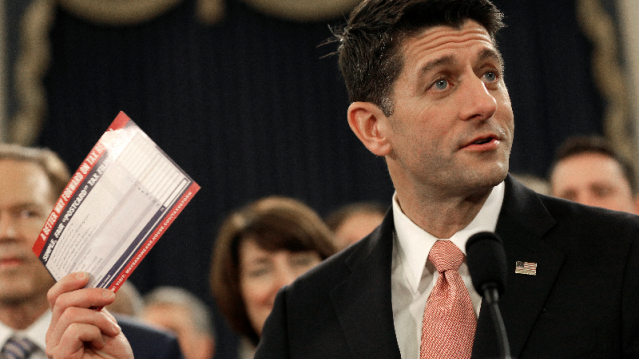
President Trump and the rest of the GOP are celebrating the recent burst in economic growth in the wake of the tax cuts, with the president claiming that it’s unprecedented and defies what the experts were predicting just a year ago. But Rex Nutting of MarketWatch points out that elevated growth rates over a few quarters have been seen plenty of times in recent years, and the extra growth generated by the Republican tax cuts was predicted by most economists, including those at the Congressional Budget Office, whose revised projections are shown below.
Are States Ready for the Next Downturn?
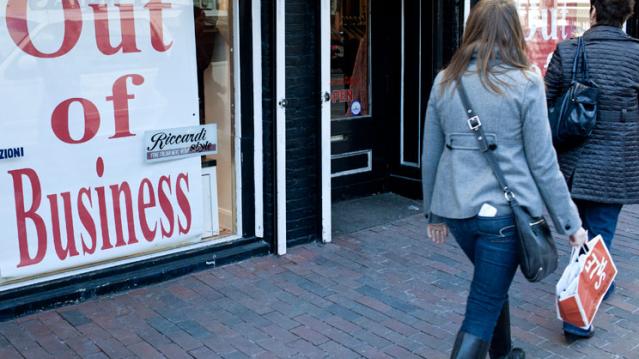
The Great Recession hit state budgets hard, but nearly half are now prepared to weather the next modest downturn. Moody’s Analytics says that 23 states have enough reserves to meet budget shortfalls in a moderate economic contraction, up from just 16 last year, Bloomberg reports. Another 10 states are close. The map below shows which states are within 1 percent of their funding needs for their rainy day funds (in green) and which states are falling short.
Chart of the Day: Evolving Price of the F-35

The 2019 National Defense Authorization Act signed in August included 77 F-35 Lightning II jets for the Defense Department, but Congress decided to bump up that number in the defense spending bill finalized this week, for a total of 93 in the next fiscal year – 16 more than requested by the Pentagon. Here’s a look from Forbes at the evolving per unit cost of the stealth jet, which is expected to eventually fall to roughly $80 million when full-rate production begins in the next few years.

